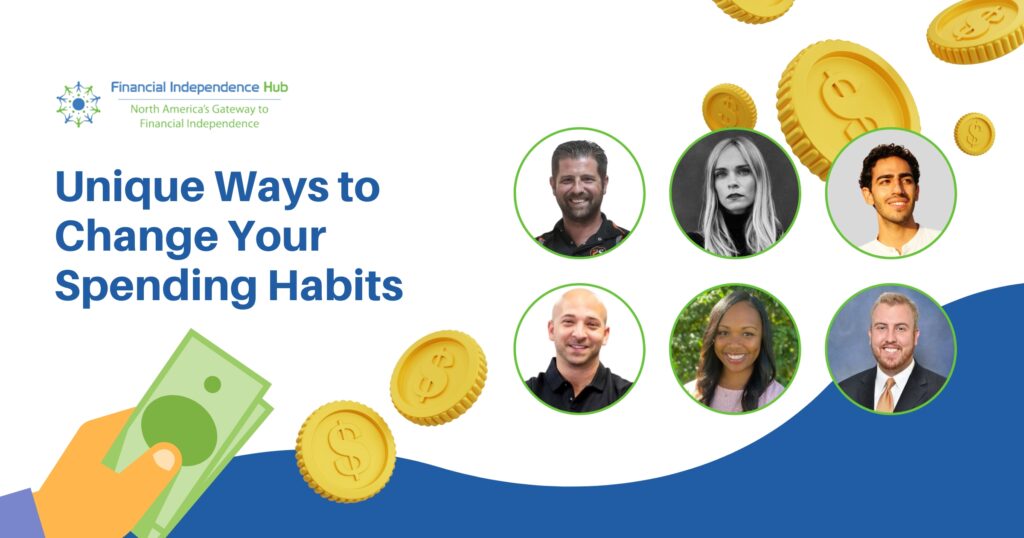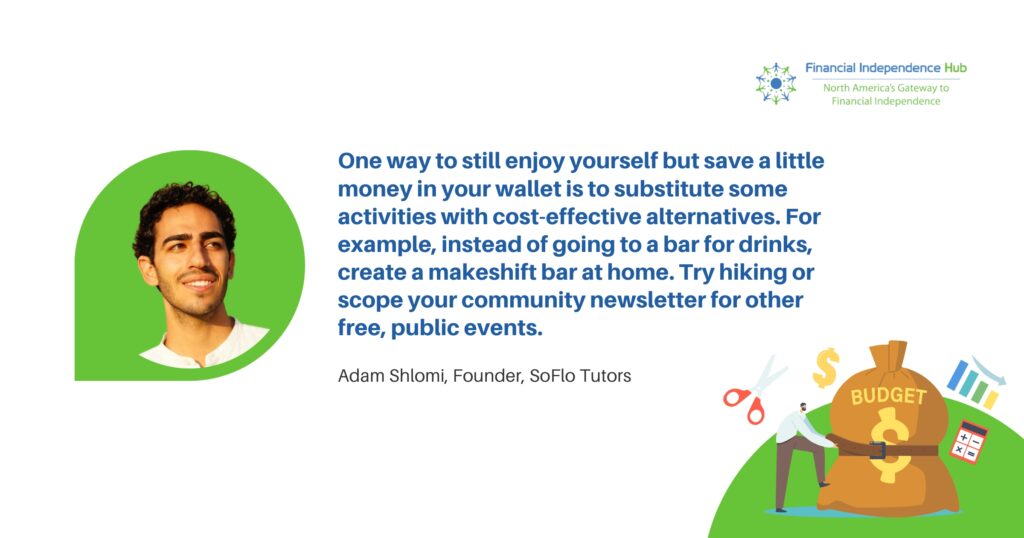 A super juicy yield can be a warning sign
A super juicy yield can be a warning sign
By Anita Bruinsma, CFA,
Clarity Personal Finance
Special to the Financial Independence Hub
Earning income from dividends is an attractive proposition that’s available to anyone with money to invest in the stock market. In a prior blog post, I highlighted two ways to get dividends from your investments: by investing in high dividend-paying ETFs and by investing in individual stocks. When choosing an ETF, I suggested three qualities to look for, one of which was choosing a fund with a high yield, with the note that “higher is better.”
“Higher is better” is a pretty safe bet with ETFs but when it comes to dividend-paying stocks, you need to be a little careful. Although higher is generally better, a very high dividend yield can be a warning sign.
Understanding dividends
As a reminder, a dividend is a payment made by a company to its shareholders and a dividend yield is the dividend per share divided by the stock price. (For a dividend primer, read my blog posts here and here.) The primary reason why a company pays a dividend is because it has extra cash. After paying expenses to run the business and invest for future growth, some companies still have money sitting around. They could put that money in the bank, or they could distribute it to shareholders. The thinking is that a shareholder might have better things to do with the cash than having the money sitting in the corporation’s bank account, causing shareholders to say, “Hey, I’m a part owner in this company – send me that cash that’s sitting around doing nothing for you.”
Another reason companies might pay dividends is to entice shareholders to buy their stock. If demand for a company’s stock is high, the price (generally) goes up. Companies like this a lot. The big drivers of demand for stocks are the large buyers: the companies that run mutual funds, pension funds and exchange-traded funds. (They are called institutional investors.) Dividend-focussed funds often have a requirement to invest only in companies that pay a dividend. Sometimes a fund’s portfolio manager likes a company but can’t own it in the mutual fund because it doesn’t pay a dividend. If the company wants these funds to buy its stock, it might choose to pay a dividend, even if it’s a small one. Is this the right motive for initiating a dividend? Not really, since the purpose of dividends is to distribute excess cash to shareholders – and unless there really is enough cash available, a dividend is simply window dressing.
When higher is not better
What kind of company makes the best dividend-payer? One that has stable profits and steady cash flow. Why? Because as an investor, you might come to rely on the dividends you are being paid – the last thing you want is for the company to stop paying the dividend. Not only does this mean you will have less income, but it can also be a signal that the business isn’t generating cash the way it used to. A company that reduces or eliminates its dividend is often punished by the market, sending the stock down. Companies most likely to face this situation are those that have volatile earnings – if profits are down, they may not have enough cash in the bank and cutting the dividend is inevitable. In fact, once a company sees that business is weakening, eliminating the dividends is one of the first and easiest ways to save money. Pay employees? Yes. Pay the bank loan? Absolutely. Pay the dividend? Nope.
This explains why a high dividend yield can be a warning sign. If a company’s stock price is falling, its dividend yield is going to move higher and higher so long as it doesn’t reduce the dividend. (Recall that the yield is calculated as dividend/stock price.) Does a 14% dividend yield sound great? Heck. yeah! That’s way better than a 4% GIC. But the expression “If it’s too good to be true, it probably is” applies here. A declining stock price probably means the business isn’t doing well – and that means the dividend is seriously at risk of being cut. If you’re interested in getting in the weeds a little (and now I’m regressing to my stock analyst days), have a look at this prime example. Just Energy had a 14% dividend yield in 2012 – it was way too high. Dividend cuts soon followed, and the company now pays no dividend. (The stock has been decimated.)
When higher is better
The recent stock market decline has resulted in some really nice dividend yields: BCE at 6.2%, CIBC at 5.6%, and Manulife Financial at 6%. But this is different: the whole market is going down. In this case, a higher yield isn’t a sign that the company is necessarily failing or that the dividend is at risk. This presents a nice opportunity to buy some of these stocks. Continue Reading…







